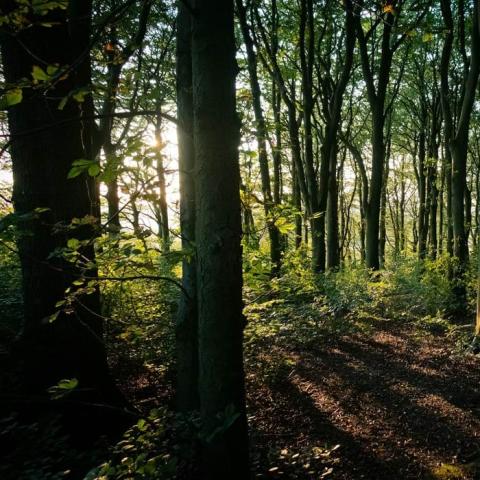Training webinar: Biodiversity survey training

Organised by Earthwatch Europe. While this webinar is mainly intended for participants in the Tiny Forest project, it will likely prove useful to any beginner in biodiversity monitoring.
11 April 2024, 17:00-18:00 UTC
Join us during Citizen Science Month to learn how to monitor your Tiny Forest biodiversity. Training ahead of biodiversity week in May.
Tiny Forests are being planted across the UK, and bringing nature to cities. Have you checked if you have a Tiny Forest near you?
Tiny Forests contribute to environmental and human wellbeing, and the science behind it is exciting, simple and straightforward, made to be done by communities and people of all walks of life.
This webinar is an opportunity to learn how you can monitor the biodiversity in and around your Tiny Forest. Our biodiversity surveys look at a variety of groups: butterflies, other pollinators and ground dwelling invertebrates. We will talk through our methods, resources and why Tiny Forests biodiversity is important. We will make sure to leave plenty of time for your questions.
No previous experience on the topic is required! You are welcome to watch a pre-recorded Biodiversity training ahead of this session and bring your questions with you. Head to Earthwatch Europe’s YouTube playlist to find the training video. Once you have attended this session you will be ready to head out and start monitoring. Perfect timing ahead of biodiversity week in May.
The webinar will be hosted on Zoom, and a joining link will be shared 48 hours before.
You might also be interested in IPBES's ongoing Monitoring assessment, a methodological assessment scheduled for publication in 2026. Join ONet and the Stakeholder Registry to stay up to date on opportunities to contribute.
About Tiny Forest
A Tiny Forest is a dense, fast-growing native woodland, about the size of a tennis court. These forests are not only great homes for butterflies, birds, bees and other wildlife but also a place for people to connect with, and learn about, nature. Each forest is a unique public asset – planted and cared for by the local community.
These super tiny, super powerful forests aim to mimic natural forests but in a small space. They include a mix of native trees which, over time, will create a wildlife-rich woodland. Tiny Forests don’t require much space and they can be planted anywhere that land is available – in a park, school or on a brownfield site.
>> Learn more and find out how to participate
About Earthwatch Europe
We are an environmental charity with science at our heart.
We connect people with nature, motivate them to protect the environment and provide them with the knowledge and tools to make change happen.
Photo by Dan Blackburn on Unsplash: Haigh Woodland Park, Wigan, UK.
